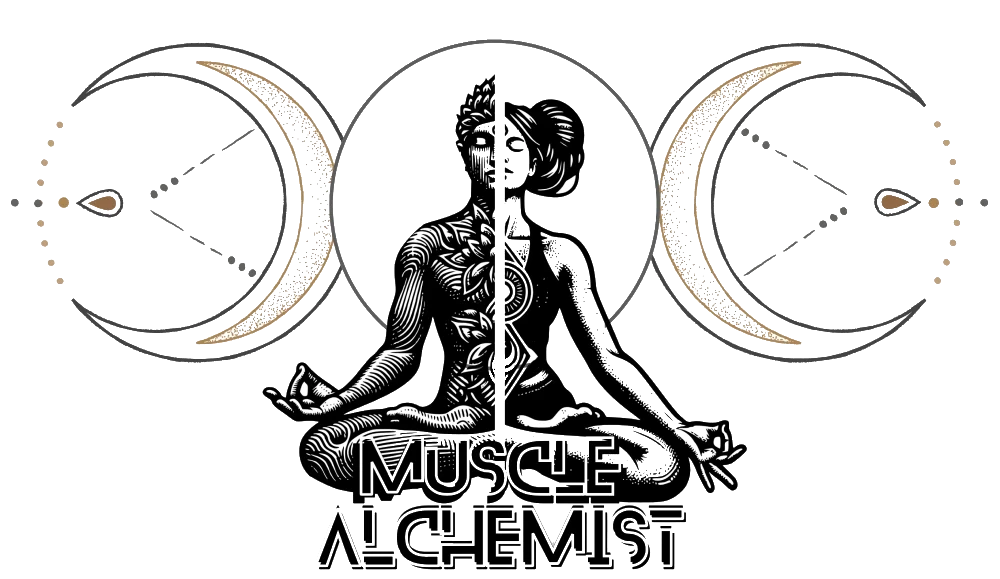When it comes to nutrition, there’s a lot of confusion. Low-carb diets, high-protein trends, and fat-free products can all leave you guessing. But one simple truth remains: your body needs all three macronutrients: carbohydrates, proteins, and fats—for optimal health.
Understanding macronutrients helps you build a balanced diet, support your workouts, and improve energy. Whether you’re trying to lose weight, build muscle, or simply eat better, knowing what fuels your body is a game-changer.
What Are Macronutrients?
Macronutrients are the nutrients your body needs in large amounts. They provide calories (energy) and are essential for growth, repair, and daily function. The three main macronutrients are:
- Carbohydrates
- Proteins
- Fats
Let’s break them down one by one.
Carbohydrates – Your Body’s Main Energy Source
Carbs often get a bad rap, but they’re your body’s favorite fuel. They break down into glucose, which powers your brain and muscles.
Healthy sources of carbs include:
- Whole grains (oats, brown rice, quinoa)
- Fruits (bananas, apples, berries)
- Vegetables (sweet potatoes, carrots)
- Legumes (beans, lentils)
Limit: Refined carbs like white bread, pastries, and sugary drinks. These spike your blood sugar and can lead to energy crashes.
Tip: Choose complex carbs for long-lasting energy.
Protein – The Building Block of Muscle
Protein helps repair tissues, build muscle, and support your immune system. It’s especially important for athletes and anyone trying to lose fat or gain lean mass.
Great sources of protein include:
- Lean meats (chicken, turkey)
- Fish and seafood
- Eggs
- Dairy (Greek yogurt, cottage cheese)
- Plant-based options (tofu, lentils, beans, quinoa)
Tip: Aim to include a source of protein in every meal to stay full and support muscle growth.
Fats – Essential for Hormones and Brain Health
Fats are not your enemy. In fact, healthy fats support brain function, hormone production, and vitamin absorption.
Healthy fat sources include:
- Avocados
- Nuts and seeds
- Olive oil
- Fatty fish (salmon, mackerel)
- Nut butters (in moderation)
Avoid: Trans fats found in processed snacks and fried foods.
Tip: Include fats in your diet, but watch portion sizes. Fats are calorie-dense.
How to Balance Your Macronutrients
Everyone’s ideal macronutrient ratio depends on their goals. A general healthy ratio for most people is:
- 40–50% carbs
- 20–30% protein
- 20–30% fats
Athletes might need more protein. If you’re trying to lose weight, you might lower carbs slightly. The key is balance The ability to maintain the body’s center of gravity over its base of support, crucial for stability.
Practical Tips for a Balanced Diet
- Plan your meals: Include a protein, a complex carb, and a healthy fat.
- Watch your portions: Even healthy foods can add up. Use a food tracking app if needed.
- Stay hydrated: Water helps all macronutrients do their job.
- Read labels: Look for foods with natural ingredients and balanced macros.
Common Mistakes to Avoid
- Cutting out entire macronutrients: Low-carb or fat-free diets can be harmful long term.
- Overloading on one macronutrient: Too much protein or fat without balance can affect energy and digestion.
- Falling for marketing tricks: “Low fat” doesn’t always mean healthy. Check the sugar and ingredient list.
Conclusion
Understanding macronutrients is the foundation of a healthy lifestyle. Carbs give you energy, protein builds your body, and fats support brain and hormone function. By eating a balanced mix of all three, you can improve how you feel, perform, and look.
Start small—track your meals, focus on whole foods, and listen to your body. Soon, you’ll develop habits that fuel your day and support your goals, without restriction or confusion.

